Navigating the Seas with AIS Technology
In the complex world of maritime operations, staying informed about the movement of vessels is crucial for safety and efficiency. Automatic Identification System (AIS) technology has emerged as a cornerstone in achieving this objective. In this blog post, we’ll delve into the workings of AIS, explore its benefits, understand regulations and compliance, discuss challenges, and highlight its integration with other technologies. Whether you’re a ship operator, maritime professional, or simply curious about the advancements shaping the seas, this exploration of AIS promises valuable insights.
What is AIS? Unveiling the Basics
AIS, or Automatic Identification System, is a technology designed to enhance situational awareness by providing real-time information about the identity, position, course, and speed of vessels in the vicinity. Originally developed as a collision avoidance tool, AIS has evolved into a comprehensive system that aids navigation, traffic management, and maritime domain awareness.
How AIS Works: The Dance of Data Transmission
At its core, AIS relies on VHF radio frequencies for data transmission between vessels and shore-based stations. Equipped with AIS transponders, vessels continuously broadcast information, creating a network where nearby ships can receive and interpret the data. The exchanged information includes vessel identification, position, heading, speed, and navigational status. This real-time data exchange allows vessels to track each other, mitigating the risk of collisions and facilitating efficient navigation.
Benefits of AIS in Marine Operations: A Technological Lifesaver
The incorporation of AIS in marine operations brings a multitude of benefits. One of its primary advantages is enhanced safety through improved collision avoidance. The ability to track vessel movements in real-time aids in traffic management, especially in busy waterways. Additionally, AIS contributes to search and rescue efforts by providing accurate information about distressed vessels. The efficiency gains in route planning and navigation further bolster the case for AIS adoption in the maritime industry.
Regulations and Compliance: Navigating the Legal Framework
The International Maritime Organization (IMO) mandates the use of AIS for certain vessels to ensure safe and secure maritime traffic. Class A AIS transponders are required for larger vessels, while Class B AIS transponders are recommended for smaller vessels. Compliance with these regulations is not only a legal requirement but also a fundamental step toward harmonizing maritime communication and ensuring the effectiveness of AIS technology.
Challenges and Limitations: Navigating the Boundaries
While AIS is a powerful tool, it is not without challenges. Signal range limitations, susceptibility to signal interference, and potential for cyber threats are among the concerns. Additionally, some vessels may not be equipped with AIS transponders, limiting the system’s effectiveness in comprehensive vessel tracking. Recognizing these challenges is essential for ongoing improvements and advancements in AIS technology.
Integration with Other Technologies: A Symbiotic Relationship
AIS doesn’t operate in isolation; it thrives when integrated with other maritime technologies. The fusion of AIS with radar, Electronic Chart Display and Information Systems (ECDIS), and satellite communication amplifies its effectiveness. This integration creates a comprehensive navigational toolkit, providing seafarers with a holistic view of their surroundings and ensuring optimal safety in various maritime scenarios.
Importance of AIS in the Maritime Industry
As the maritime industry advances, AIS stands out as a technological linchpin that enhances safety, efficiency, and navigational awareness. To explore a range of AIS transponders and related equipment, visit www.tecomart.co. From collision avoidance to search and rescue support, AIS has proven its worth in diverse maritime applications. As vessels continue to traverse our oceans, the importance of AIS technology in ensuring secure and seamless maritime operations cannot be overstated. It is, indeed, a beacon guiding the industry toward safer and more technologically advanced waters.

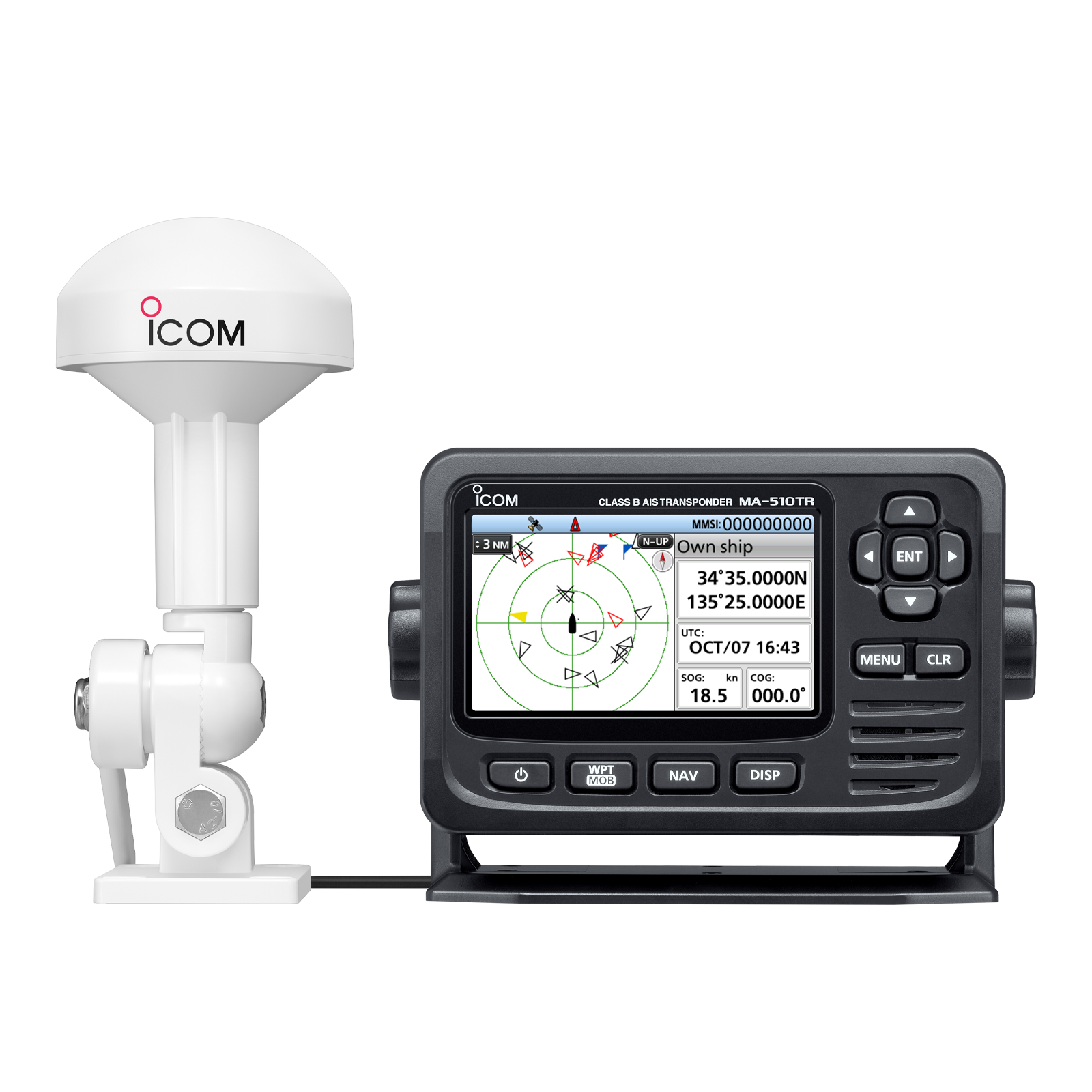
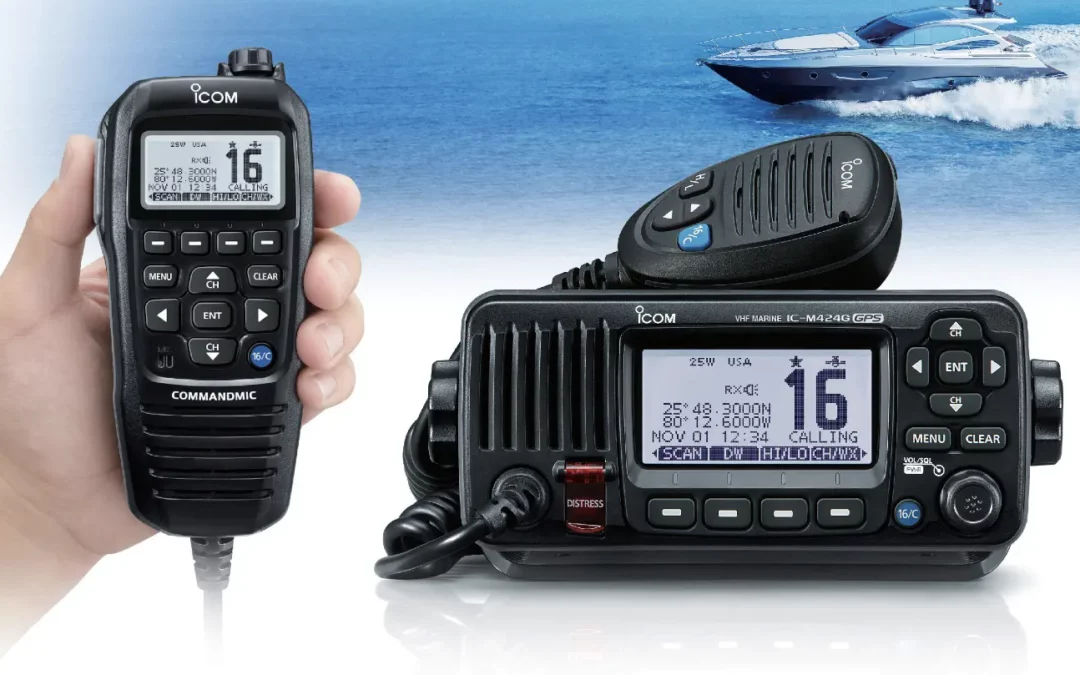
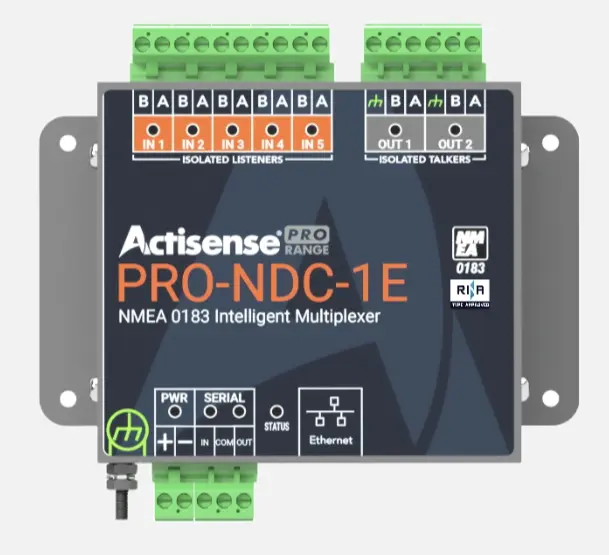
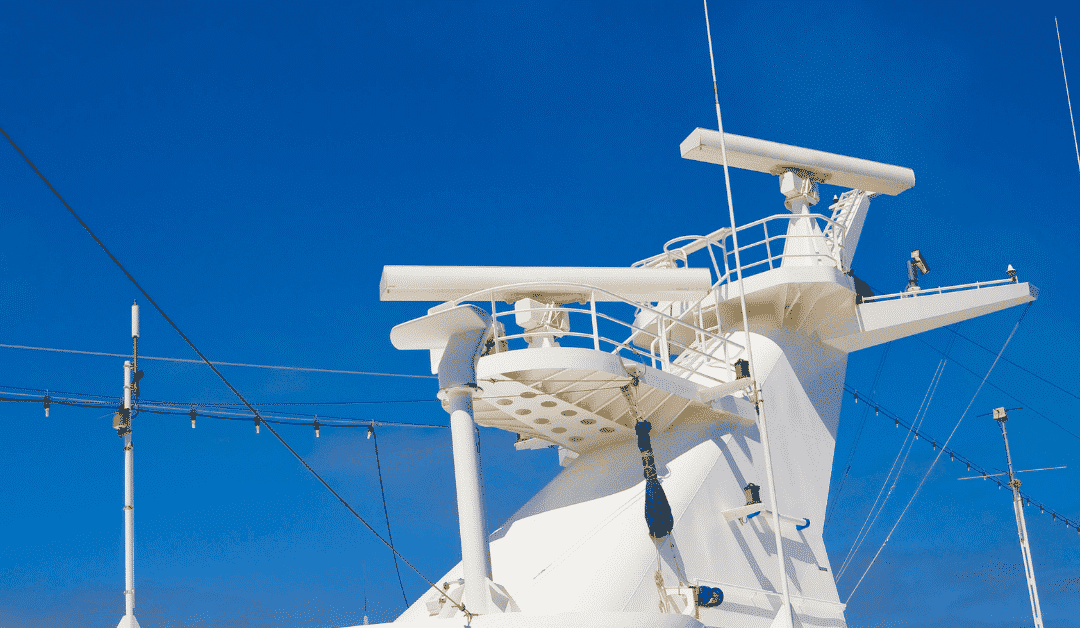

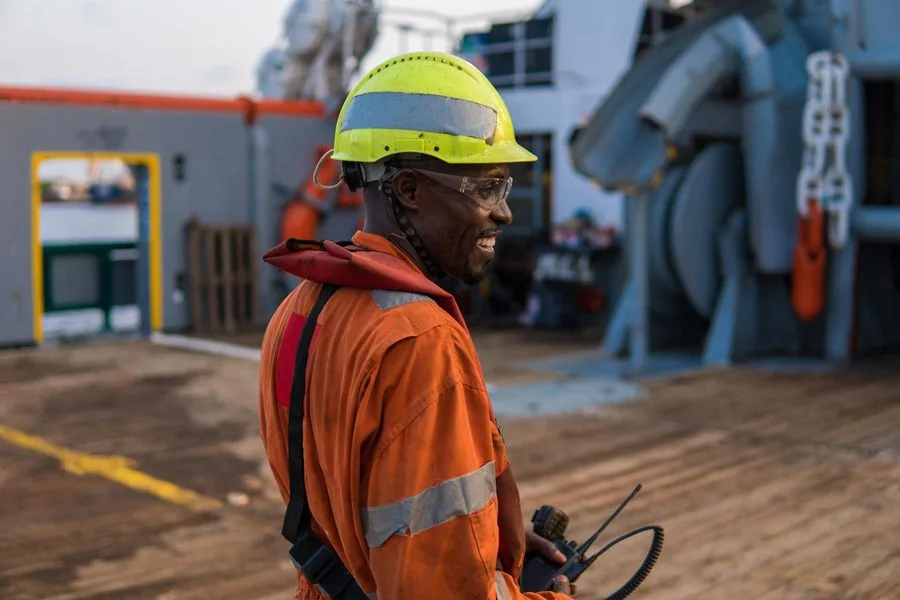

0 Comments